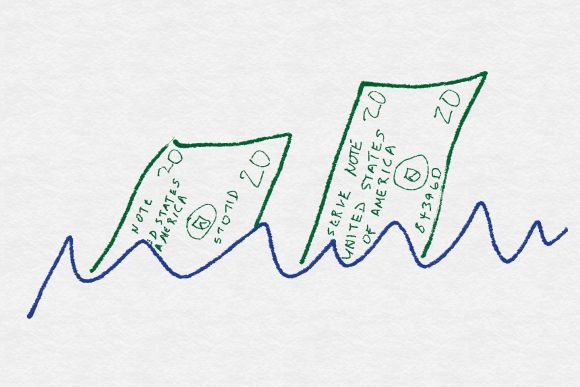Last week I discussed a case in which a Missouri appellate court upheld personal guarantees when the purported guarantors had signed a promissory note under the words “Personal Guaranty and Acceptance of Terms.” In that same case, the court held that a “late fee” was an unenforceable penalty, rather than an enforceable liquidated damages clause.
I’ve discussed liquidated damages provisions in these virtual pages before. In Liquidated Damages Provisions Can Be Your Friend, But Don’t Overreach, I talk about the difference between enforceable liquidated damages provisions and unenforceable penalties. So many people followed Google to that piece looking for sample contract language that I later posted a Liquidated Damages Clause Example.
In last week’s case, a borrower signed a promissory note that provided for a $5,000.00 late fee in the event of a payment default. The trial court awarded the lender a $5,000.00 late fee when the borrower defaulted on the note, but the lender argued on appeal that it was entitled to multiple $5,000.00 late fees. The appeals court held that a late fee in this case in any amount constituted an unenforceable penalty, rather than enforceable liquidated damages. The appeals court ruled against the lender and refused to apply more than one $5,000.00 late fee, although it didn’t overturn the lower court’s grant of a single late fee, since the borrower had not appealed that part of the judgment.
As a general rule, for a contract provision to be an enforceable liquidated damages clause, the following must be true: (1) actual damages would be difficult or impossible to ascertain at the time of contracting, and (2) the liquidated damages amount must be a reasonable approximation of the other party’s likely actual damages. This rule was expressed in an earlier Missouri appellate opinion, which the court quotes:
A penalty provision specifies a punishment for default, while liquidated damages are provided as a measure of compensation that, at the time of contracting, the parties agree will represent damages in the event of a breach. For a damage clause to be valid as setting liquidated damages, the amount fixed as damages must be a reasonable prediction for the harm caused by the breach and the harms must be of a kind difficult to estimate accurately. In determining whether an agreement sets forth liquidated damages or a penalty, this Court looks to the intent of the parties as determined from the contract as a whole.
Why was the late fee not enforceable? Although it isn’t necessary to actually prove damages in the same amount as stated in the liquidated damages provision, without evidence of damages, a liquidated damages provision becomes a penalty. According to the appeals court, the lender failed to present evidence of damages that would not be covered by the lender’s “other contractual claims for outstanding principal, premiums, accumulated interest, and attorney fees.”
The court doesn’t elaborate on what evidence would have been sufficient to show that the late fee was a reasonable prediction of the harm caused by the breach or that there was a harm that was difficult to estimate accurately. However, the total lack of evidence as to damages was fatal in this case.
Image credit: Shutterstock. Image may not be copied or downloaded.


